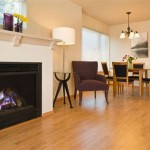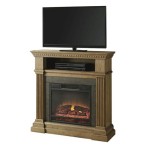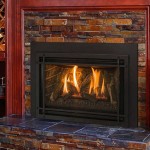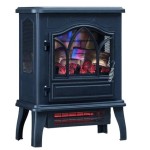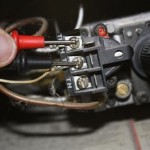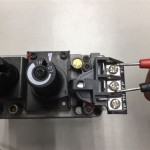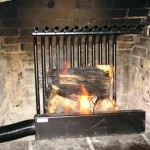Fireplace Chimney Design: A Comprehensive Guide
A fireplace chimney is a vital component of any fireplace, ensuring safe and efficient combustion. Proper chimney design is crucial for effective smoke evacuation, preventing potential fire hazards, and maximizing energy efficiency. This article will provide a comprehensive guide to fireplace chimney design, exploring key considerations for construction and maintenance.
Understanding the Role of a Fireplace Chimney
The primary function of a fireplace chimney is to draw smoke and combustion byproducts, such as carbon monoxide, away from the home. This process relies on the principles of buoyancy and heat. As hot gases rise within the chimney, they create a low-pressure area at the fireplace opening, pulling in fresh air to fuel the fire. This continuous circulation ensures a steady draft, preventing smoke from backdrafting into the living space.
Beyond safety, proper chimney design also plays a role in optimizing fireplace efficiency. A well-designed chimney minimizes heat loss through the flue, allowing for more efficient combustion and maximizing the heat output of the fireplace.
Key Design Considerations for Fireplace Chimneys
Several key factors influence the design and performance of a fireplace chimney. These include:
1. Chimney Height and Location
Chimney height is a critical factor in establishing a strong draft. Generally, chimneys should be at least 10 feet tall and extend at least 3 feet above the roofline. This ensures adequate airflow and minimizes the risk of smoke backdrafting.
Chimney location also influences performance. Ideally, chimneys should be positioned away from obstructions like trees or buildings that could hinder airflow. Additionally, chimneys should be located in areas with minimal wind exposure to prevent downdrafts.
2. Flue Size and Material
The flue size is determined by the size and type of fireplace. A larger fireplace requires a larger flue to handle the increased volume of smoke and gases. Common materials for fireplace flues include clay tile, concrete, metal, and stainless steel. Each material boasts unique characteristics in terms of heat resistance, durability, and maintenance requirements.
3. Chimney Liner
A chimney liner is a protective layer that lines the inside of the flue. Liners prevent creosote buildup, which can lead to chimney fires. They also enhance the chimney's structural integrity and improve its longevity.
Common liner materials include stainless steel, clay tile, and concrete. Stainless steel liners are particularly durable and resistant to corrosion. Clay tile liners are also effective but may require more frequent inspections and maintenance. Concrete liners are typically used in situations where the existing flue requires repair or reinforcement.
4. Chimney Cap
A chimney cap is a weather-resistant cover that sits atop the chimney, protecting it from rain, snow, debris, and animals. The cap also helps to prevent downdrafts by redirecting airflow and maintaining a stable draft. Chimney caps are typically made of metal or concrete and come in various styles to complement the architectural design of the home.
Maintain Your Chimney for Optimal Performance
Regular chimney maintenance is crucial for ensuring safety, efficiency, and longevity. This includes annual inspections by a qualified professional to check for cracks, blockages, and creosote buildup. Cleaning the chimney regularly removes creosote deposits, reducing the risk of chimney fires and improving draft efficiency.
Proper chimney design and maintenance are essential for safe and efficient fireplace operation. By considering these key factors, homeowners can ensure their fireplaces function effectively and provide years of warmth and enjoyment.

5 Fireplace Design Ideas That Will Enhance Your Home

Chimneys 101 Chimney Design Fireplace

Fireplace Build A Chimney Design Outdoor Designs

Chimney Design Kindel Heating

Prefab Vs Masonry Crofton Md Clean Sweep Of Anne Arundel County

Parts Of A Fireplace Chimney Explained With Diagrams And Real S

10 Fireplace Designs To Keep You Warm This Winter

Finish Custom Made Fireplace From Nunnauuni Kitchen Concept

Practical Fireplace Heating Mother Earth News Heat Design Chimney

The Hottest Fireplace Design Trends Of 2024 Chimney Com
Related Posts

